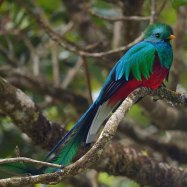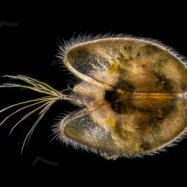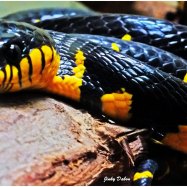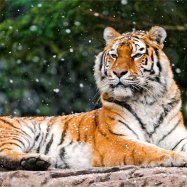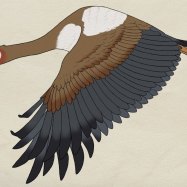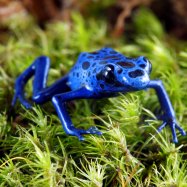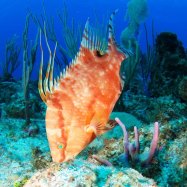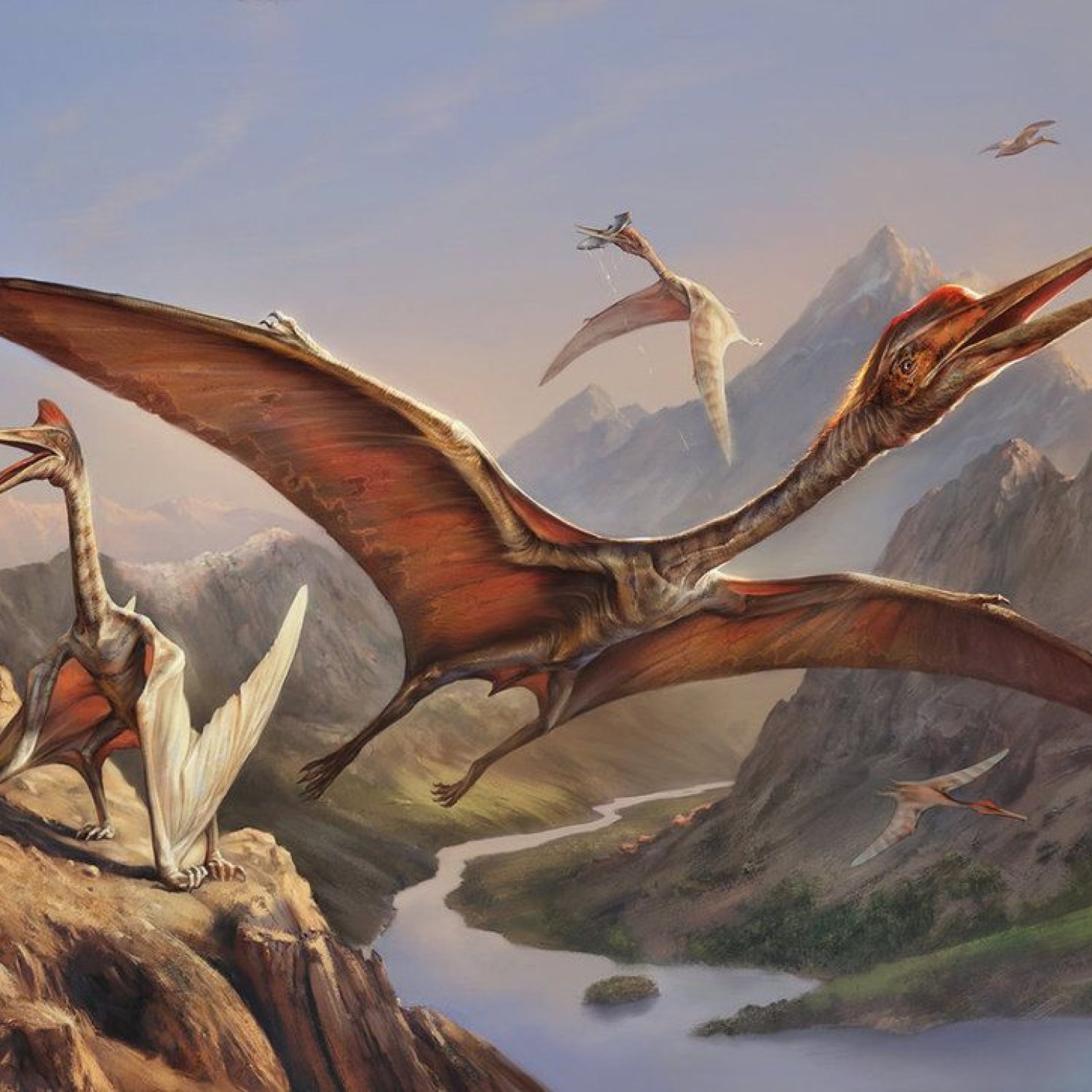
Quetzalcoatlus Northropi
Up to 36 feet (11 meters)
The Quetzalcoatlus Northropi, a member of the Azhdarchidae family, was a prehistoric flying reptile found in Texas. With a massive wingspan of up to 36 feet, it was one of the largest flying animals to ever exist. Its long neck allowed it to reach high altitudes while hunting for food. Imagine seeing this majestic creature soaring through the skies! #Quetzalcoatlus #prehistoric #flyingreptile
Animal Details Summary:
Common Name: Quetzalcoatlus
Kingdom: Animalia
Habitat: Coastal areas and inland plains
The Mighty Quetzalcoatlus: Exploring the Fascinating World of the Largest Flying Reptile
Imagine taking a stroll through the coastal areas of North America, and suddenly your eyes catch a glimpse of a giant, long-necked creature flying gracefully in the sky. You rub your eyes to make sure you're not hallucinating, and to your surprise, the creature is still there, gliding effortlessly with its enormous wingspan. This majestic animal is none other than Quetzalcoatlus Northropi, also known as the Quetzalcoatlus, the largest flying reptile to have ever lived.In this article, we will take a closer look at the fascinating world of the Quetzalcoatlus, its physical features, behavior, and its place in the animal kingdom Quetzalcoatlus Northropi.
The Basics: Scientific Classification and Habitat
The Quetzalcoatlus Northropi belongs to the kingdom Animalia, the phylum Chordata, and the class Reptilia. It is a member of the order Pterosauria, which means "winged lizard," and it falls under the family Azhdarchidae. The name Quetzalcoatlus comes from the Aztec feathered serpent god, Quetzalcoatl, and the term Northropi is a tribute to John Knudsen "Jack" Northrop, an American aircraft designer who contributed to the development of the flying wing design that resembles the Quetzalcoatlus.The Quetzalcoatlus inhabited the coastal areas and inland plains of North America during the Late Cretaceous period, around 70 million years ago. They were primarily found in the area that is now known as the state of Texas in the United States. The exact geographical distribution of the Quetzalcoatlus is still a subject of debate among paleontologists, but existing fossil evidence suggests that they may have also been present in areas of Mexico and Canada.
The Giant Flyer: Physical Characteristics
The Quetzalcoatlus was a massive animal, with a wingspan of up to 36 feet (11 meters) and an estimated weight of 550 pounds (250 kilograms). To put that into perspective, that's about the size of a small airplane! Its body was adapted for flying, with lightweight but strong bones, and a wing structure that allowed it to soar through the sky with ease.One of the most distinguishing features of the Quetzalcoatlus was its long, thin neck, which made up about half of its total body length Quahog Clam. This long neck helped it to reach for food on the ground while in flight, as well as providing better maneuverability in the air.
The coloration of the Quetzalcoatlus is still unknown, as its soft tissues did not fossilize. However, it is believed that they may have had a mottled pattern similar to modern-day vultures, with a dark body and lighter feathers on the wings.
Feeding Habits: Carnivorous Predator
The Quetzalcoatlus was a carnivorous predator, and its diet consisted mainly of small animals such as lizards, mammals, and other smaller pterosaurs. It was believed to be an opportunistic feeder, meaning it would feed on whatever prey was available in its environment. Its long neck and sharp beak helped it to catch and consume its prey, and its large size would have made it a formidable predator in the prehistoric skies.It is believed that the Quetzalcoatlus would hunt by either swooping down from the sky or by gliding low to the ground to catch its prey. Its powerful jaws and sharp teeth were well-suited for tearing meat, making it a fearsome predator of the Late Cretaceous period.
The Evolution and Extinction of the Quetzalcoatlus
The Quetzalcoatlus belongs to a group of flying reptiles known as pterosaurs, which existed on Earth for over 150 million years. These creatures were highly specialized for flight and were a dominant species during the Mesozoic Era. However, like many other species, the Quetzalcoatlus and other pterosaurs became extinct around 66 million years ago, at the end of the Cretaceous period. This extinction event is known as the Cretaceous-Paleogene extinction event, which wiped out about 75% of all species on Earth.The cause of the Quetzalcoatlus's extinction is still a subject of debate among scientists. Some theories suggest that the changing climate and environment, as well as competition for resources with other predators, may have contributed to their demise. Others believe that the impact of a massive asteroid or comet may have been the main cause of the extinction of the Quetzalcoatlus as well as many other species during that time.
Conclusion: An Incredible Piece of Natural History
The Quetzalcoatlus Northropi is truly a remarkable creature that has captured the imaginations of scientists and the general public alike. Its massive size, unique physical features, and predatory nature make it a fascinating subject for study. Although it has been extinct for millions of years, the Quetzalcoatlus continues to capture our attention and fuel our curiosity about the world of prehistoric animals.Despite its extinction, the Quetzalcoatlus holds a significant place in the history of evolution, and its existence serves as a reminder of the diverse and ever-changing nature of our planet. With advancements in technology and ongoing scientific research, who knows what else we may discover about this incredible creature and other species that once roamed the earth alongside it. The story of the Quetzalcoatlus is just waiting to be unfolded, and it is a story worth telling for generations to come.

Quetzalcoatlus Northropi
Animal Details Quetzalcoatlus Northropi - Scientific Name: Quetzalcoatlus Northropi
- Category: Animals Q
- Scientific Name: Quetzalcoatlus Northropi
- Common Name: Quetzalcoatlus
- Kingdom: Animalia
- Phylum: Chordata
- Class: Reptilia
- Order: Pterosauria
- Family: Azhdarchidae
- Habitat: Coastal areas and inland plains
- Feeding Method: Carnivorous
- Geographical Distribution: North America
- Country of Origin: United States
- Location: Texas
- Animal Coloration: Unknown
- Body Shape: Large and long-necked
- Length: Up to 36 feet (11 meters)
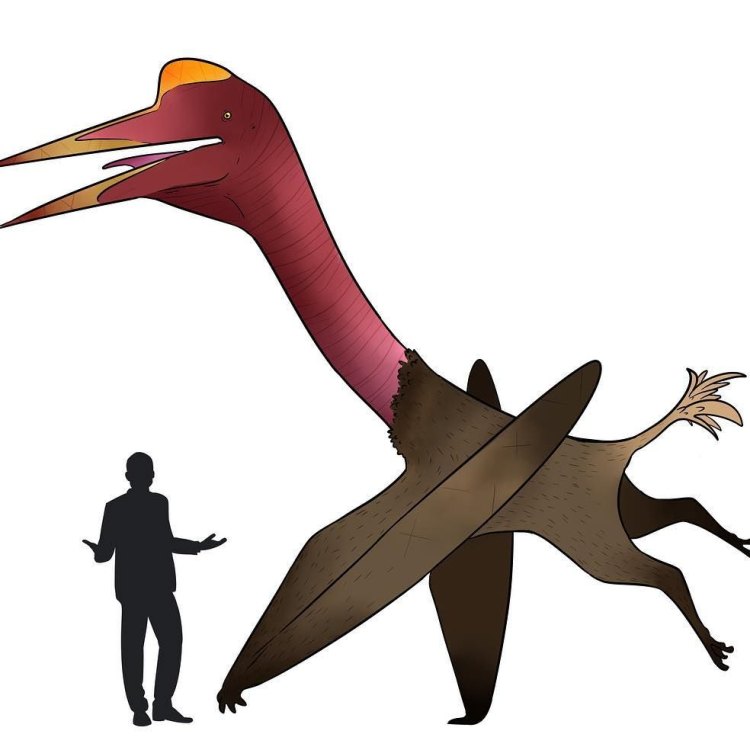
Quetzalcoatlus
- Adult Size: Very large
- Average Lifespan: Unknown
- Reproduction: Egg laying
- Reproductive Behavior: Unknown
- Sound or Call: Unknown
- Migration Pattern: Unknown
- Social Groups: Unknown
- Behavior: Likely to be a solitary animal
- Threats: N/A (Extinct)
- Conservation Status: Extinct
- Impact on Ecosystem: Unknown
- Human Use: None
- Distinctive Features: Large wingspan and long neck
- Interesting Facts: Quetzalcoatlus is one of the largest known flying animals
- Predator: Unknown
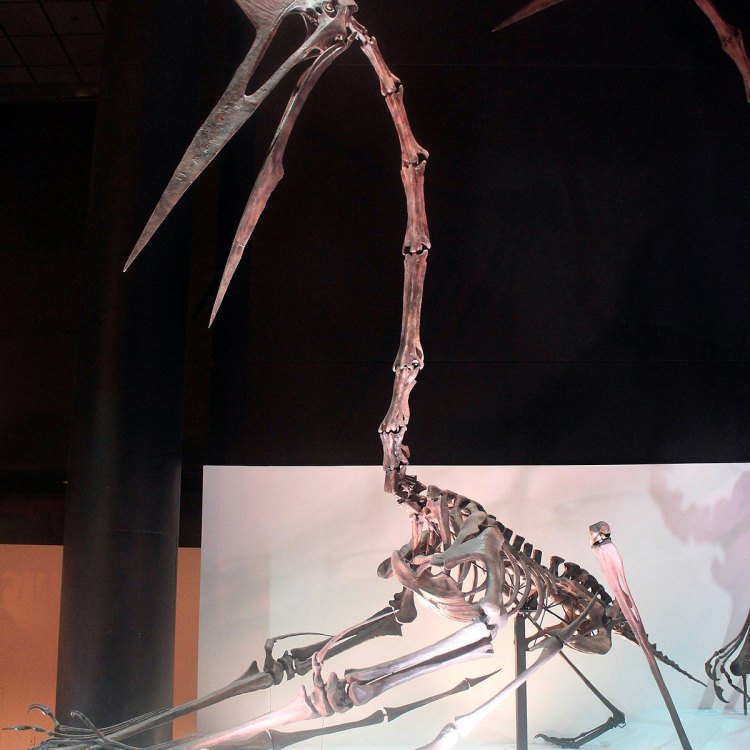
Quetzalcoatlus Northropi
The Untold Story of Quetzalcoatlus Northropi: The Giant of the Ancient Skies
In a world filled with fantastical creatures and mythical beings, the Quetzalcoatlus Northropi stands out as one of the most fascinating creatures to have ever existed. With a wingspan of over 33 feet and a long neck, this giant pterosaur ruled the skies during the Late Cretaceous period, making it one of the largest known flying animals. Although it has been extinct for millions of years, its legacy continues to captivate our imagination and spark our curiosity.Named after the Mesoamerican feathered serpent deity Quetzalcoatl, the Quetzalcoatlus Northropi was first discovered in Big Bend National Park in Texas in 1971 by Douglas Lawson, a student at the University of Texas PeaceOfAnimals.Com. The remains found by Lawson consisted of a single, fragmented wing bone, which was initially mistaken for a piece of a giant marine turtle. However, after thorough examination and research, the true identity of the creature was revealed, and paleontologists were astounded.
Adult Quetzalcoatlus Northropi were estimated to have weighed around 550 pounds, with a height of over 16 feet, making them one of the largest flying animals to have ever existed. Imagine walking outside and seeing a creature with the size of a giraffe soaring above you! It is truly mind-boggling to think that such a colossal creature was once a part of our world.
One of the most remarkable features of Quetzalcoatlus is its wingspan, which is believed to have been up to 33-36 feet. That is almost double the wingspan of the largest modern-day bird, the wandering albatross, which has a wingspan of around 11.5 feet. This huge wingspan was possible due to its thin, elongated bones, which were filled with air, making them lightweight yet sturdy.
Apart from its massive size, Quetzalcoatlus was also known for its distinct physical features Quagga. Its neck was almost as long as its body, giving it a unique and elegant appearance. The large beak and sharp teeth at the end of its long snout also made it a formidable predator. However, there is still much to learn about its behavior, as not much is known about its reproductive habits, migration patterns, or social groups.
What we do know is that Quetzalcoatlus was likely a solitary animal, much like modern-day birds of prey. They would have probably hunted for food in the open expanses of the ancient landscapes, using their excellent eyesight to spot their prey from afar. Their diet would have consisted mainly of fish, small mammals, and possibly other smaller pterosaurs.
Being the largest flying animal of its time, Quetzalcoatlus would have had few predators to fear. However, there is still much debate among paleontologists about what predators, if any, could have posed a threat to Quetzalcoatlus. Some theories suggest that smaller pterosaurs or even large carnivorous dinosaurs like the Tyrannosaurus Rex could have been potential predators.
Unfortunately, the reign of Quetzalcoatlus came to an end about 65 million years ago during the mass extinction event that wiped out the dinosaurs and many other species on Earth. Its cause of extinction is still a mystery, with some theories pointing to climate change and others to asteroid impact. While we may never know for sure, one thing is certain; the world of flying creatures would never be the same without Quetzalcoatlus.
But what was the impact of Quetzalcoatlus on the ecosystem during its time? With such a massive presence in the skies, it is believed that Quetzalcoatlus played a crucial role in maintaining the balance of the ecosystem. As a top predator, it would have kept the population of smaller animals in check, preventing overpopulation and potential ecological disasters.
In modern times, animals like vultures and eagles play a similar role in balancing the ecosystem. They help control the population of other smaller animals by keeping their numbers in check. Imagine what the world would be like if Quetzalcoatlus still existed today and played the same role in our ecosystem. It is a fascinating thought to consider.
Although Quetzalcoatlus has been extinct for millions of years, it continues to captivate our imagination with its unique features and intriguing behavior. Its legacy can be seen in many cultures, including the Aztecs, who believed that the creature served as the mount for the Mesoamerican deity Quetzalcoatl. Its name continues to inspire artists, writers, and filmmakers, who have used its name and appearance in various forms of art and media.
However, the greatest impact of Quetzalcoatlus may be in the field of science and paleontology. The discovery of such a colossal and mysterious creature has opened up new avenues for research and understanding of the prehistoric world. It has also sparked a renewed interest in pterosaurs, leading to more discoveries of different species and unlocking more secrets of these ancient flying creatures.
In conclusion, Quetzalcoatlus Northropi stands out as a unique and fascinating creature, not just for its massive size, but also for its impact on our ecosystem and culture. Although it has been extinct for millions of years, its legacy continues to live on, inspiring future generations to explore and discover the wonders of our planet's history. And as we continue to unearth more secrets and mysteries of the past, we can only imagine what other creatures may have roamed the ancient skies alongside Quetzalcoatlus. The possibilities are endless, and the potential for more incredible discoveries is just as limitless.
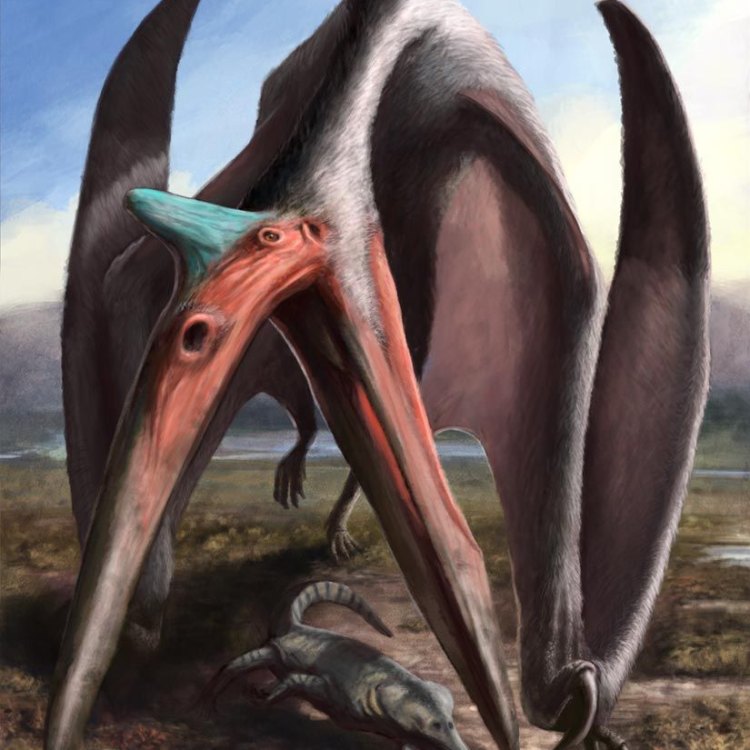
The Mighty Quetzalcoatlus: Exploring the Fascinating World of the Largest Flying Reptile
Disclaimer: The content provided is for informational purposes only. We cannot guarantee the accuracy of the information on this page 100%. All information provided here may change without prior notice.

